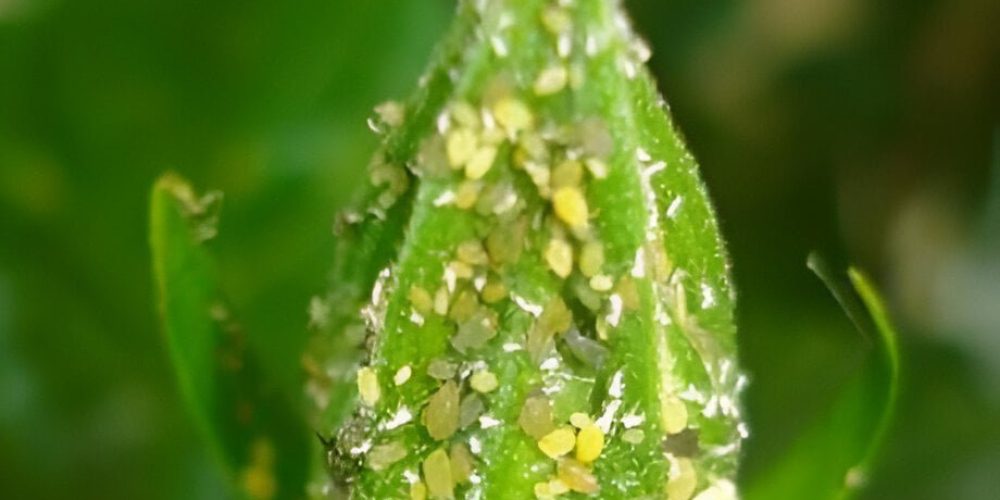Table of contents of the article
ToggleWatermelon and cotton aphids are among the pests that threaten zucchini crops, as they cause poor growth and deterioration of the crop. In this article on your website, World of Plants, we will discuss methods of combating it and reducing its damage.
Symptoms of Watermelon and cotton aphid in zucchini
- the family : Aphidae
- Scientific name : Aphis gossypii
- Nymphs and adult insects attack the vegetative system of the plant, and work to suck the plant juices from the leaves, which leads to their yellowing and wrinkling.
- The insect secretes honeydew that covers the surface of the plant and leads to the growth of black mold resulting from saprophytic fungi, thus hindering photosynthesis.
- May be prevented from giving fruits.
- There are indirect damages, as this species transmits a large number of pathogenic plant viruses.
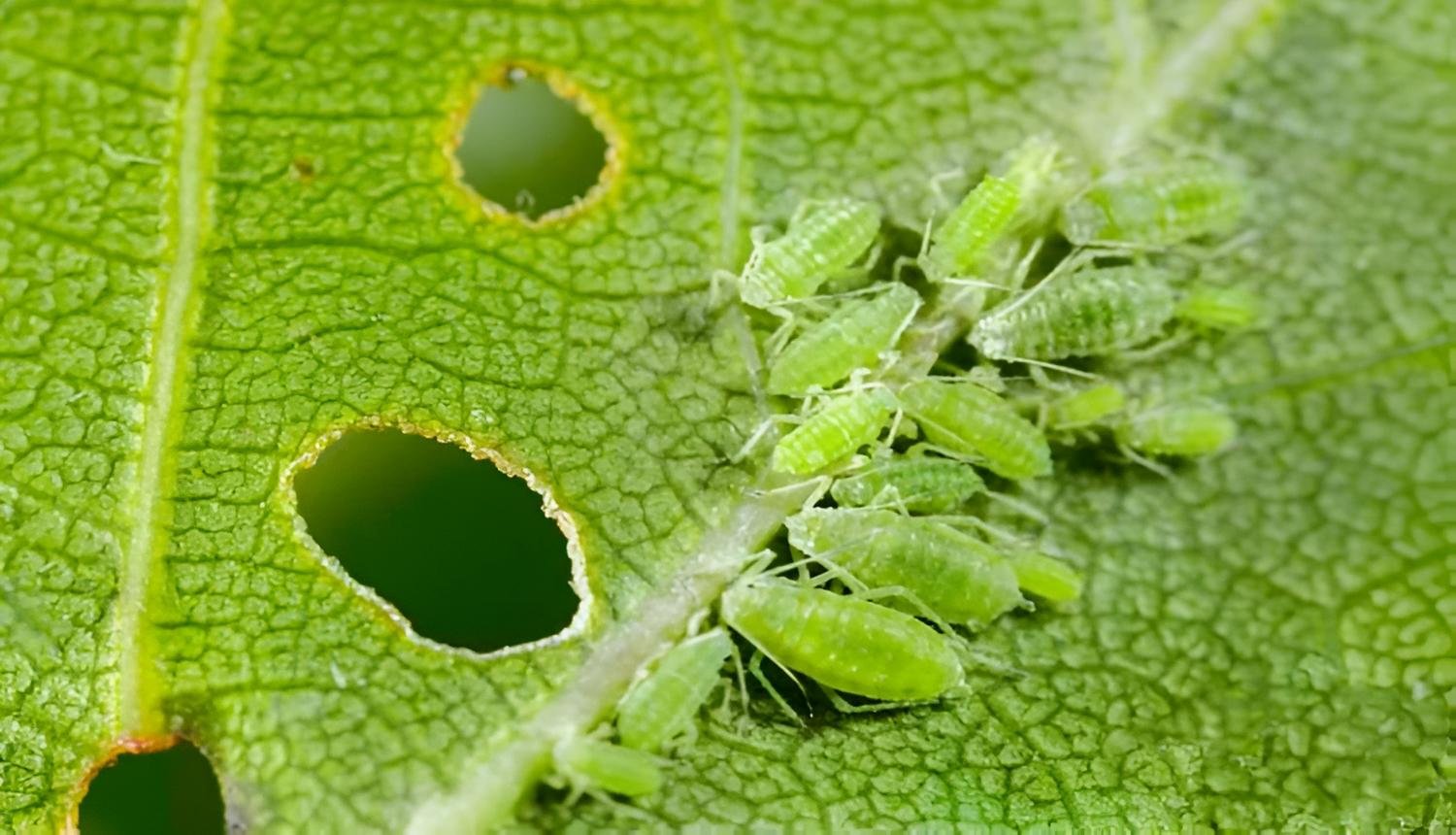
Description of the watermelon and cotton aphid in zucchini
- A small, delicate insect, up to 2 mm long, dark green to green in colour, with red compound eyes. The tubular appendages and tail are black. There are winged and non-winged individuals.
- Eggs: When the eggs are first laid, they are yellow in color, but they soon become shiny black
- Nymph: Nymphs vary in color from tan to gray or green, and are often characterized by a dark head, chest and wing pads, and the distal part of the abdomen is dark green. The body is pale in color because it is dusted with waxy secretions. The average nymphal period is about seven days.
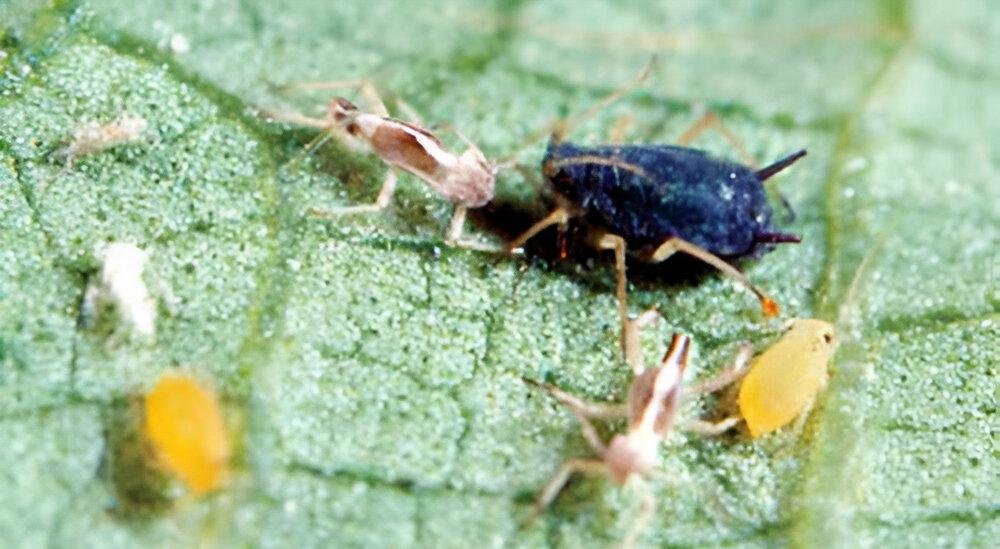
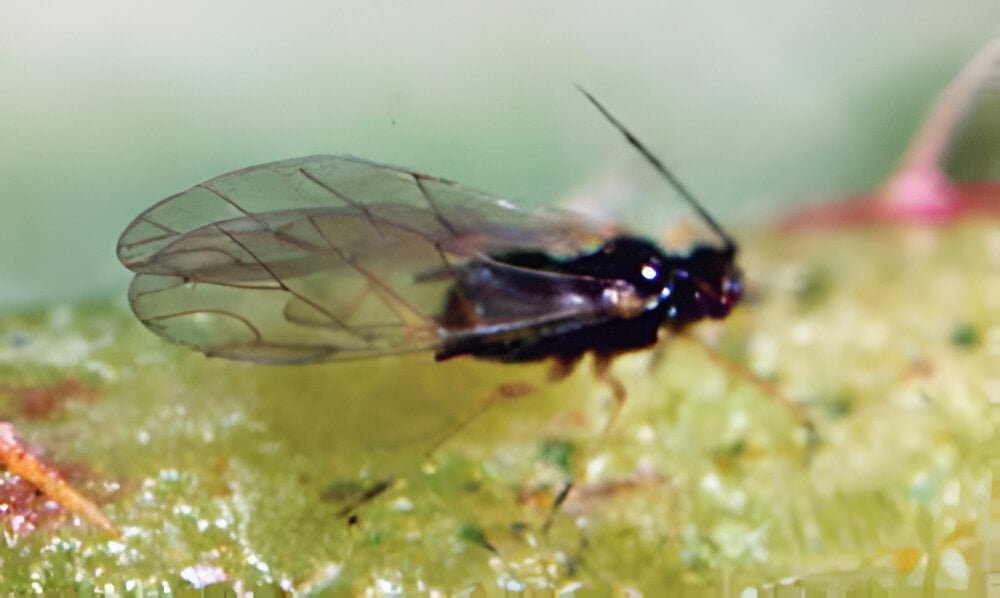
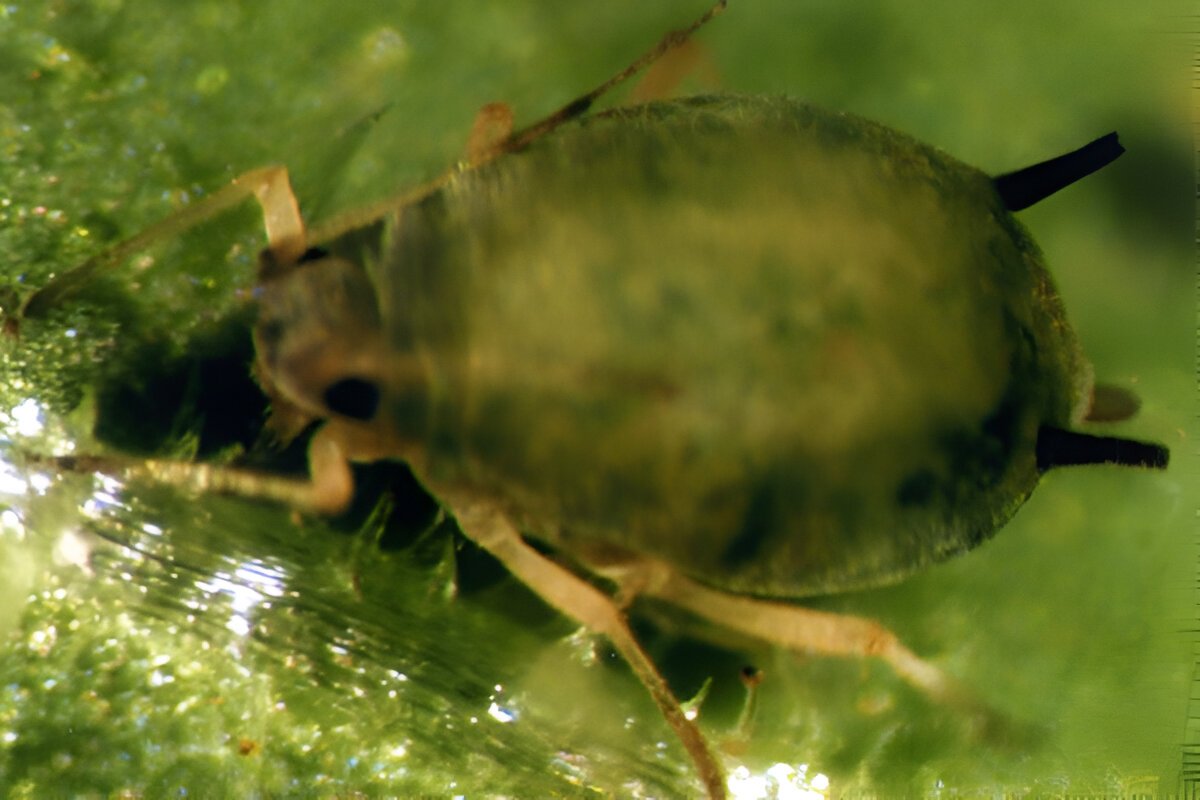
Causes of watermelon and cotton in zucchini
- Climatic conditions (this pest loves high temperatures).
- Weeds are a major source of infection.
- The farmer's lack of care in planting zucchini at appropriate distances, and planting it at a very high density, which exhausts the plant and deprives it of water, food and air.
- Lack of care in organizing irrigation of zucchini plants, and resorting to incorrect methods of irrigation and increasing it to its limit.
- Increased nitrogen fertilizer, which encourages the growth of juicy and fragile plants, especially zucchini leaves and buds, and this is what aphids love.
Suitable conditions for the spread of disease from watermelon and cotton in zucchini
- Areas with tropical climate.
- Sexual migration (the movement of aphids from secondary plant hosts to primary hosts - perennial plants on which aphids reproduce sexually to ensure their survival until the next season.)
- The photoperiod is one of the basic and important factors in the formation of wings, the emergence of winged individuals, and the transition to plants that provide them with a suitable environment. The longer the photoperiod, the more winged individuals.
Disease development cycle of watermelon and cotton in zucchini
- Female nymphs hatch from eggs in the spring on the primary host. They may feed, mature, and reproduce on this host throughout the summer, or they may produce winged females that disperse to secondary hosts and form new colonies.
- Both males and egg-laying females are produced, they mate and the females lay yellow eggs: the eggs are the only form that overwinter in cold conditions. Under warm conditions, the parthenogenetic generation can be completed in about seven days.
- Watermelon is not negatively affected by hot weather. It can complete its development and reproduce in less than a week.
- The reproductive period in an adult is about 15 days, and the post-reproductive period is five days.
- The smaller yellow form occurs during warmer summer conditions. The green form is larger and occurs during cool spring and fall temperatures and in uncrowded conditions.
Propagation losses of watermelon and cotton in zucchini
- في ظل ظروف الكثافة العالية، يتدهور النبات المضيف .
- Transmitting viral diseases. This type of aphid can transmit more than 50 different viruses, including cucumber mosaic virus.
- Nymphs and adults extract nutrients from the plant and disturb the balance of growth hormones. As a result, plant growth is delayed, leading to deformed leaves, or the death of young plants
- It makes the crop and its fruits sticky as a result of honeydew
- Black mildew (Cladosporium spp.) grows on these aphids, contaminating the fruits and making them unfit for market.
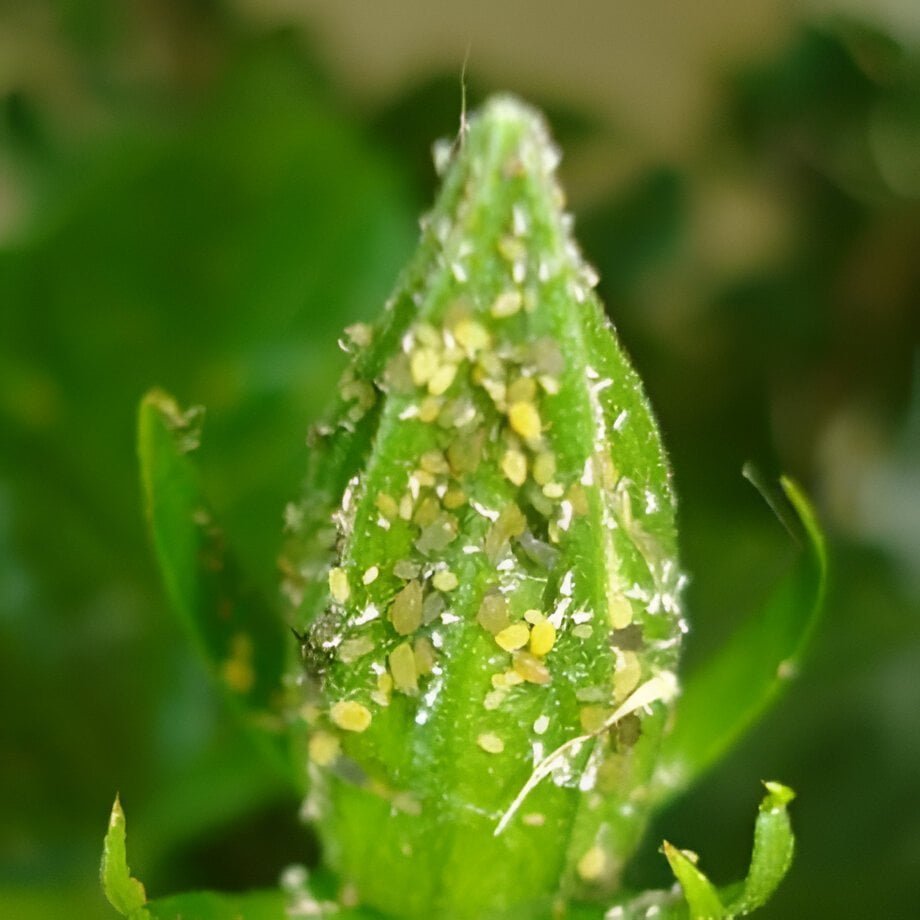
Control strategy of Watermelon and cotton aphid in zucchini
Preventive measures to prevent the occurrence of disease of watermelon and cotton in zucchini
- Weeds in the field act as hosts for the aphid pest - therefore, these weeds must be eliminated by all methods, including hoeing the land and burning the weeds.
- Strengthening water and fertilizer management
- Plant zucchini at appropriate distances, which are 80 cm between plants and 85 cm between lines, and avoid high density per unit area.
- Separate the cultivation of zucchini from the cultivation of other vegetables, especially legumes, grasses, cucumbers, cucurbits, and others
- The farmer is careful as much as possible to take general care of the zucchini plants, including irrigation, hoeing, pruning, and other agricultural services. The hoeing is done to a depth of 12-15 cm and repeated three times until the nodes are set and the delicious fruits of the appropriate color and taste are obtained.
Chemical and organic control recommendations against watermelon and cotton aphid disease in zucchini
- Organic control
- There are many natural enemies of aphids, including predators such as the aphid species.
- Place yellow traps to identify the presence of the insect by examining it weekly to see the winged individuals.
- Chemical control:
- infectious
- For late aphids, attention should be paid to choosing a systemic agent. Generally, 80% pimetrozine, 80% pymetrozine, 40% pymetrozine, etc are used for spraying. The spray nozzle should be facing up when spraying. Spray the back of the paper.
In conclusion, we would like to note that we, at the world of plants website, offer you all the necessary services in the world of plants, we provide all farmers and those interested in plants with three main services::-
- Artificial intelligence consulting service to help you identify diseases that affect plants and how to deal with them.
- Blog about plants, plant diseases and care of various crops ... You are currently browsing one of her articles right now.
- An application that provides agricultural consultations to clients, as well as a service for imaging diseases and knowing their treatment for free – Click to download the Android version from Google Play Store، Click to download the IOS version from the Apple App Store.
References:
- Capinera JL. 2001. Handbook of Vegetable Pests. Academic Press, San Diego. 729 pp.
- Goff CC, Tissot AN. 1932. The melon aphid, Aphis gossypii Glover. Florida Agricultural Experiment Station Bulletin 252. 23 pp.
- One of the major pests of Cucurbitaceae is the cucumber aphid, Aphis gossypii
- Only resistance against fruit fly (Decus cucurbitae Coll.), cucumber beetle (Diabrotica balteata Lec. Was controlled by a single recessive gene. Variable watermelon populations resistant to cucumber beetle
- melon aphid or cotton aphid – University of Florida
- Damage symptoms – koppertAphis gossypii – sciencedirect




